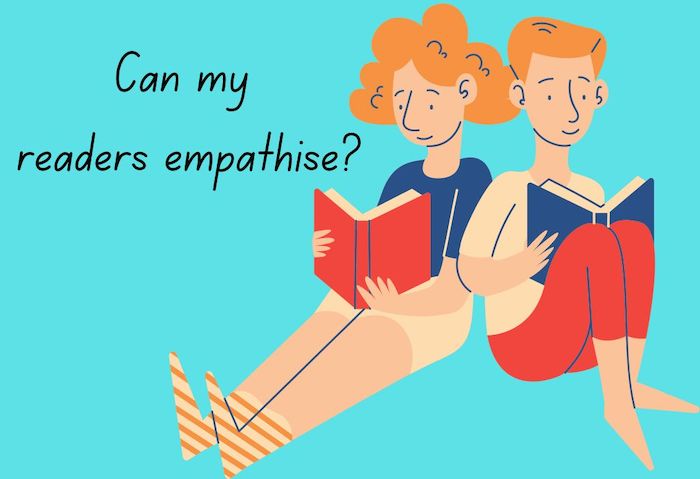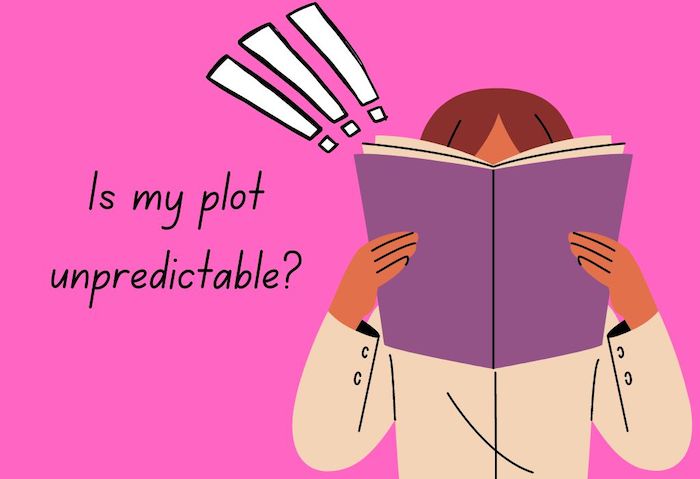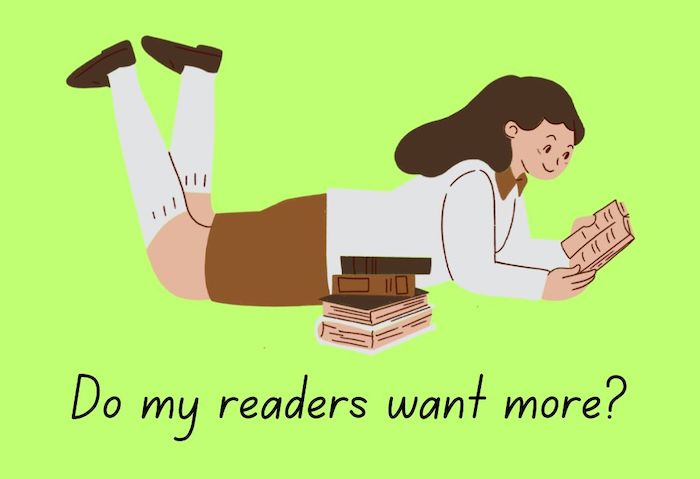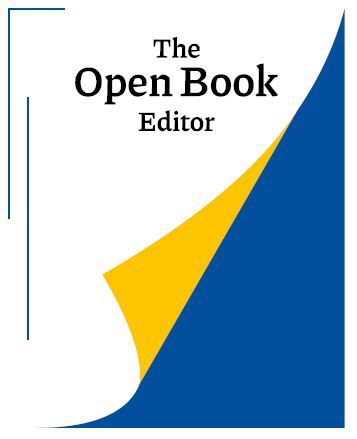Writing a captivating novel doesn’t mean your story has to progress at a breakneck pace. An attention-grabbing book is all about rhythm and momentum—regardless of the genre you’re writing.
Knowing how to pace your book so that it can grab (and hold) an agent’s, editor’s, or reader’s attention is an invaluable skill. There’s no tried-and-true formula for penning the perfect bestseller or writing the ultimate captivating novel—despite what many online services and AI tools would have you believe—but there are some tricks you can use to keep your reader invested. Read on to learn more about what makes readers want to put down a book or keep reading it until the very last exciting page!

Reasons why readers put novels down
Your livelihood as an author (whether traditionally published, self-published, or hybrid) is dependent on grabbing and holding a reader’s attention. A strong, captivating novel means your readers are more likely to recommend your book to others and to pick up any future books you write, too! That being said, here are a few reasons why a reader might put down your book:
- They aren’t invested in the plot or the stakes are too low.
- The twists and outcome are too easy to guess early on.
- The resolution comes too early in the book and your reader loses interest.
- Characters that are too hard to root for or that your reader can’t empathise with them.
- Weak worldbuilding or a setting that feels unrealistic or unbelievable.
4 key questions to ask yourself when writing your novel
1. Can the reader empathise with my characters?

Great characters are at the core of writing a captivating novel readers can’t put down. We cheer on, cry over, fall in love with, and even despise fictional characters. Why? Because, when done well, they feel real to the reader. We become invested in characters we ‘like’ and detach from characters that don’t feel real.
However, liking a character doesn’t mean a character has to be likeable! Look at Walter White from Breaking Bad. He’s the definition of a great anti-hero. Most people probably wouldn’t want to be friends with him in real life; we like following him because he’s an interesting character with interesting motivations. But this doesn’t make him likeable!
This is why your characters, whether likeable or not, need to have realistic reasons for doing the things they do. This is what makes a believable character and a novel your readers won’t be able to put down. So, give special attention to all your characters. Even your least likeable ones should be nuanced and well-rounded.
2. Are the stakes high enough?

High stakes are another key element of writing a captivating novel.
“What are stakes?” They’re something that your protagonist gains or loses in pursuit of a goal. Let’s take The Old Man and the Sea by Ernest Hemingway as an example. In the novel, the main character is a fisherman who is suffering a long fishing dry spell. He desperately needs to catch a marlin—i.e., these are the stakes.
As you can see, high stakes doesn’t necessarily translate into a novel that moves at a breathless pace. The stakes have to be high for your character. In The Old Man and the Sea, the stakes are high for the old man on a personal level; they don’t really affect anyone else (except maybe the marlin). Other than these stakes, you could argue not much else is happening in the novel. However, you keep reading because you want to find out if the fisherman is successful in the pursuit of his goal.
If the stakes are too low (i.e., your main character isn’t really impacted by achieving or failing to achieve their goals), you risk losing your reader’s attention. However, be careful about crowding your book with too many high stakes. If the world is in constant peril and there are no personal stakes for your main character, it can make for an unrealistic or tiring reading experience.
3. Is my plot unpredictable (without being too unpredictable)?

There’s nothing better than a brilliantly crafted plot twist. This can come in the form of an unexpected turn in the story, a red herring, or a surprise ending. One of your goals when writing a captivating novel is to keep your readers guessing until the very last page.
In a bid to keep readers on their toes, it can be tempting to incorporate a random twist to surprise them. However, you should be wary of unrealistic plot twists. No matter what, your plot twist needs to make sense within the context of your story. If it’s outside the realm of possibility (i.e., the rules you’ve established in your story’s world), or if you throw in a deus ex machina, your reader may give up reading out of frustration. So, plan your twists carefully to ensure they are unpredictable but still feel natural within the plot.
One way to do this is to use foreshadowing to lead up to the twist. Foreshadowing is a hint in an earlier point in the story that subtly alludes at what’s to come. One common form of foreshadowing is the literary device known as “Chekov’s Gun”. This states that if a writer makes a point to mention an object in an earlier scene, that object must play an important role in a later scene. Foreshadowing is a great way to build anticipation, but don’t overdo it. Too many clues can give the game away too soon, or else just confuse your readers.
4. Does the structure of my novel keep readers wanting more?

Cliffhangers are another tool you can use to write a captivating novel that readers can’t put down.
“What is a cliffhanger?” This is a plot device that usually comes at the end of a scene or chapter. It leaves the character(s) in a difficult or precarious situation or reveals a new twist in events, and propels the reader on as they seek to find out what happens next.
You don’t need a cliffhanger at the end of every chapter to keep your pace moving. Like plot twists, too many cliffhangers can be exhausting to readers. Instead, make sure that each chapter is serving a purpose within your plot and moving the story forward. This can mean an action propelling your characters towards their goals, an action or revelation that sets them back, or character development that ties into the story.
Creating a chapter-by-chapter outline is a great way to look at your book as a whole and make sure each scene serves a purpose.
How do I know if my book is un-put-downable?
The only way to know if you’ve written a captivating novel readers can’t put down is by having people read it! To ensure you have great characters, high stakes, twists that are unpredictable but believable, and solid chapters, you need to have objective readers test out your manuscript.
If the idea of finding beta readers feels too intimidating, why not try something a little more one-on-one? Like our author coaching, where you can bounce ideas off of a professional writing coach in a more personalised environment. But, no matter what, whether you find a writing group, hire a professional editor, or decide to work with an author coach, get eyes on your book. Remember: you’re too close to your work to be objective! An outside perspective will help you to feel more confident that you’ve written a captivating novel readers will love.


